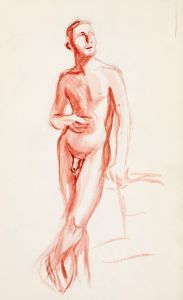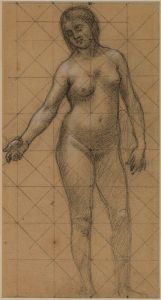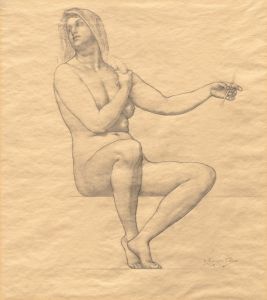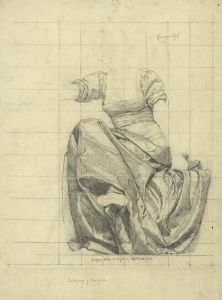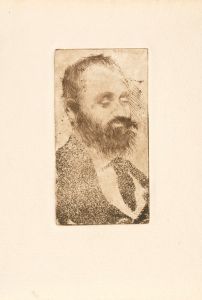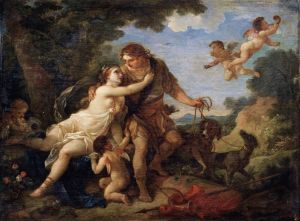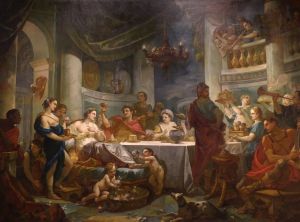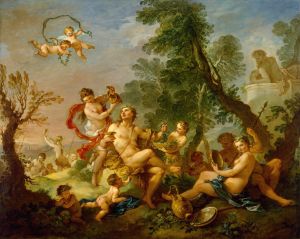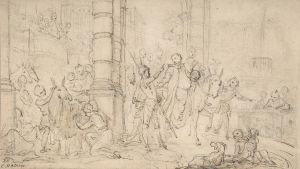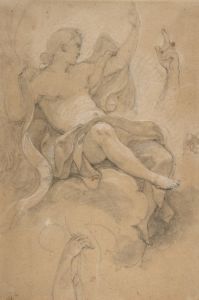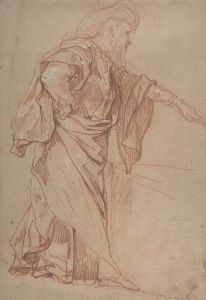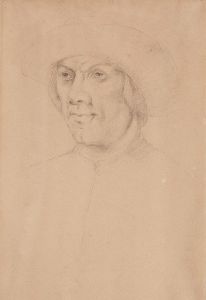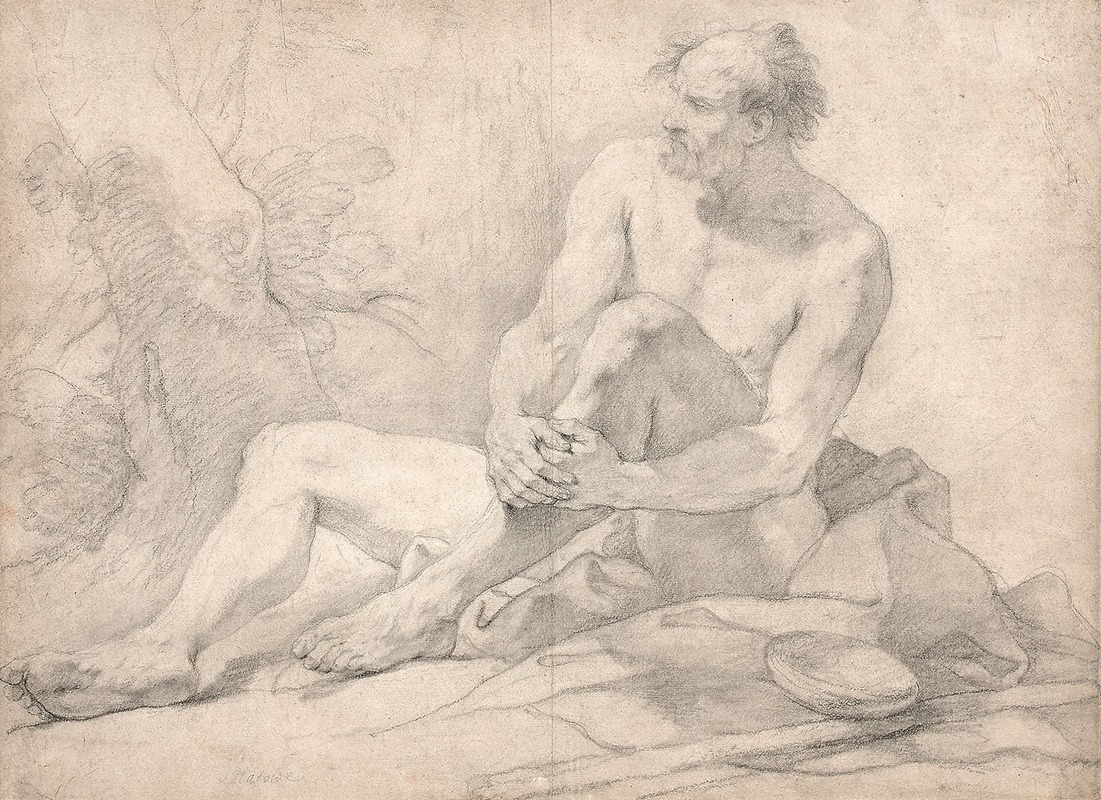
Académie d’homme assis dans un paysage
A hand-painted replica of Charles-Joseph Natoire’s masterpiece Académie d’homme assis dans un paysage, meticulously crafted by professional artists to capture the true essence of the original. Each piece is created with museum-quality canvas and rare mineral pigments, carefully painted by experienced artists with delicate brushstrokes and rich, layered colors to perfectly recreate the texture of the original artwork. Unlike machine-printed reproductions, this hand-painted version brings the painting to life, infused with the artist’s emotions and skill in every stroke. Whether for personal collection or home decoration, it instantly elevates the artistic atmosphere of any space.
Charles-Joseph Natoire was a prominent French painter of the 18th century, known for his contributions to the Rococo movement. He was born on March 3, 1700, in Nîmes, France, and trained under the tutelage of prominent artists such as Louis Galloche and François Lemoyne. Natoire's work is characterized by its elegance, refined style, and the use of soft colors, which were typical of the Rococo period.
One of Natoire's notable works is "Académie d’homme assis dans un paysage," which translates to "Academy of a Seated Man in a Landscape." This painting exemplifies Natoire's skill in depicting the human form and his ability to integrate figures harmoniously within a natural setting. The artwork is an academic study, which means it was likely created as part of Natoire's training or teaching exercises, focusing on the anatomy and posture of the human body.
In "Académie d’homme assis dans un paysage," Natoire presents a male figure seated in a serene landscape. The figure is depicted with careful attention to anatomical detail, showcasing Natoire's mastery of the human form. The landscape serves as a backdrop, enhancing the composition without overpowering the central figure. This balance between figure and setting is a hallmark of Natoire's work, reflecting his ability to create a cohesive and aesthetically pleasing composition.
Natoire's academic studies, such as this one, were instrumental in his development as an artist and his eventual success. He was admitted to the prestigious Académie Royale de Peinture et de Sculpture in 1734, where he later became a professor and director. His role at the academy allowed him to influence a new generation of artists, passing on his techniques and artistic philosophy.
Throughout his career, Natoire produced a wide range of works, including religious paintings, mythological scenes, and decorative art. His ability to adapt his style to different subjects and formats made him a versatile and sought-after artist. Natoire's work was not only appreciated in France but also gained recognition across Europe, contributing to the spread of the Rococo style.
"Académie d’homme assis dans un paysage" is a testament to Natoire's skill and his dedication to the academic tradition of art. It reflects the values of the Rococo period, emphasizing grace, beauty, and the harmonious integration of human figures within their environments. While this particular work may not be as widely known as some of his larger commissions, it remains an important example of his artistic legacy.
Charles-Joseph Natoire continued to work and teach until his death on August 23, 1777, in Castel Gandolfo, Italy. His contributions to the art world, particularly through his academic studies and teaching, left a lasting impact on the development of French art during the 18th century.





